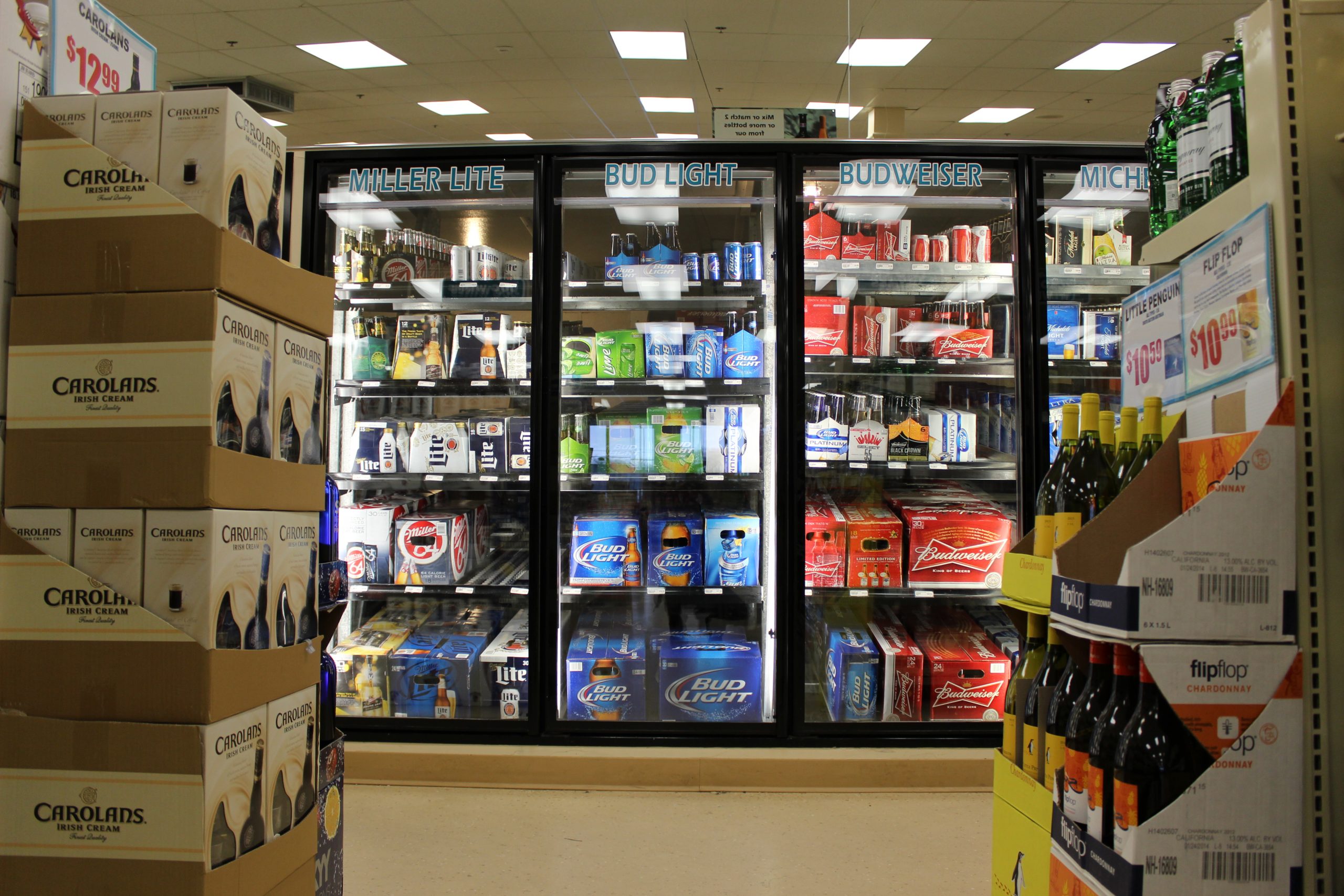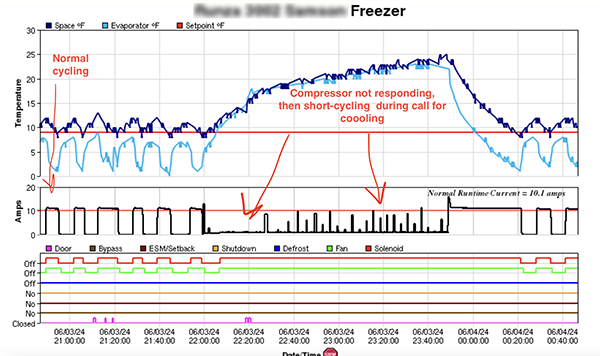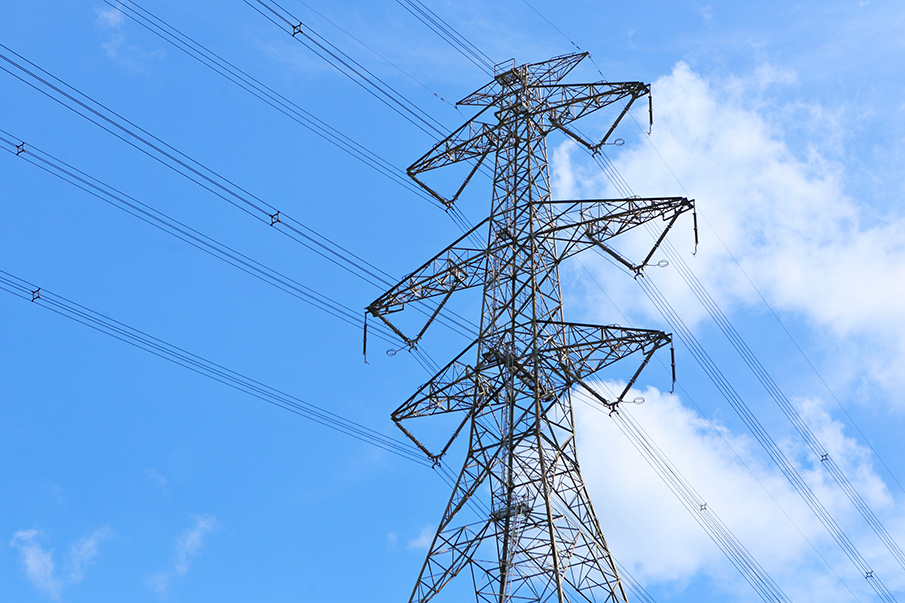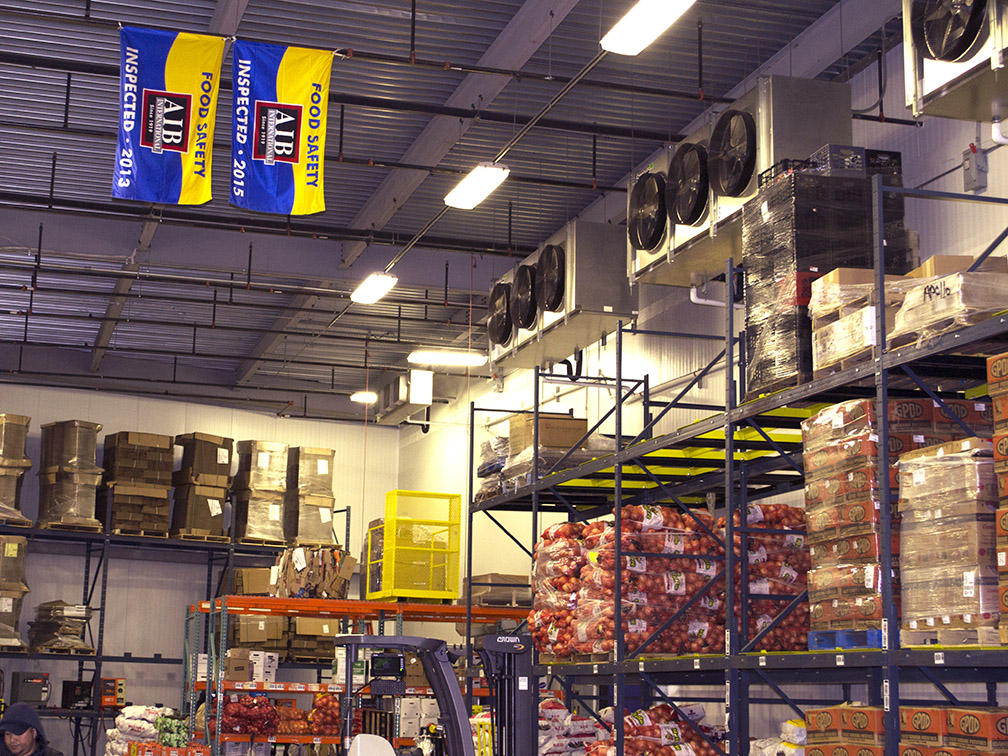In an earlier post, we examined a handful of DIY ways to reduce your commercial HVAC’s energy costs and today, we’ll do the same for lighting. If your commercial or industrial space is void of a refrigeration system, then lighting will be your biggest energy-consuming mechanism. And just like with the HVAC systems, there are simple, cost-effective ways to lower some of the waste your lighting may produce.
While the ultimate solution to solving rising energy costs associated with lighting is to invest in energy-efficient replacements, here are four ways to make a noticeable difference on your own:
1. Utilize Occupancy Sensors.
Many, many commercial and industrial locations keep their lights running near 24/7. Most, at the very least, keep them running during every minute of operating business hours. Not only is the lighting system using electricity but the constant light also adds extra heat to the space forcing the space-cooling system to use more energy to compensate.
By controlling the space lighting with occupancy sensors, you can be sure your lights are only on, and thus using energy, when they’re needed.
2. Utilize Natural Light when Possible.
If you can, harness the power of the sun to light your space, especially during the summer months when your refrigeration and space-cooling costs will be at their peak. This isn’t applicable only to office space. By combating glare, this can be a measure in industrial space as well.
“Light shelves, installed high on the inside of a window, will shade and prevent glare in the bottom 6 feet of a floor, which is where most occupants work. The shelves also reflect the daylight up onto the ceiling, which indirectly illuminates a room.1”
3. Use Task Lighting when Possible.
A low-ambient lamp on a workbench or a desk could be an energy-saving alternative to keeping the office or workspace lit the whole time with overhead lighting. Simply put, task lighting is putting light only where it’s need.
“For examples consider an office with 16 workstations illuminated by 16 overhead fixtures each with four T8 32-watt fluorescents. The total wattage when all fixtures are operating is 2,048. If each fixture used two T8 instead of four, and each workstation was equipped with an 18-watt task light, energy consumption would be reduced by 36 percent!2”
In a large industrial space, one would mount the task lights at whatever “stations” had employees working there for the duration of the day. Task lighting has been a great integration in many schools and hospitals.
4. Use Qualified Commercial Lighting Products.
By ensuring the products you install, or have a technician install for you, meet qualifications like ENERGY STAR certification or from the DesignLights Consortium, you ensure that your lights are the most optimized and most efficient you can get.
In many states, upgrading to certified lighting products can allow you to obtain a rebate just for making the switch. The Energy Trust of Oregon, for example, “offers cash incentives for ENERGY STAR® certified LED replacement bulbs. Our cash incentives range from $15 to $25 per bulb, depending on the wattage.3”
Full replacement of outdated, energy-wasting lighting systems in your building or space will no doubt provide the greatest gain in energy savings. In many states, there are incentives for undertaking such a project and the long-term reduction in energy usage will allow for the energy-efficient system to pay for itself times over.
But if that’s not in the cards for you at the moment, those four do-it-yourself, cost-effective measures can make a noticeable impact on your utility bill.




